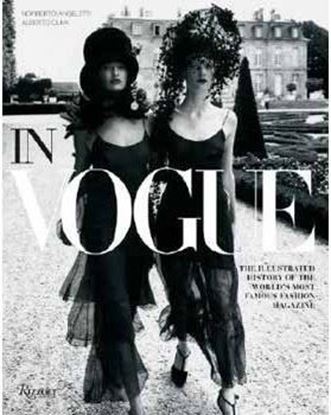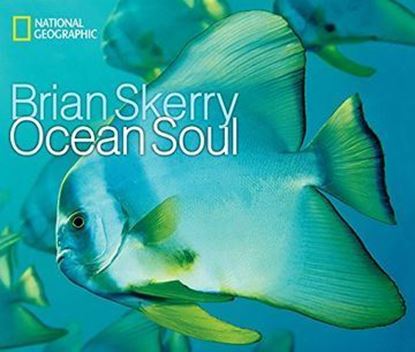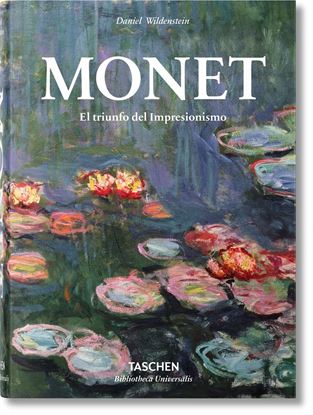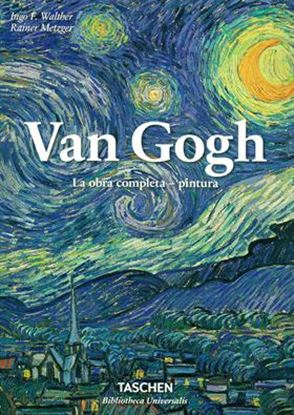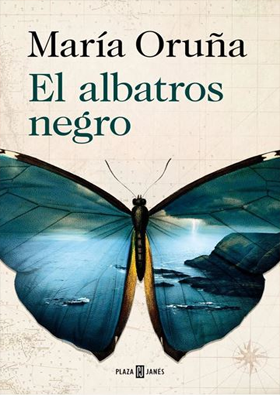

ME LLAMAN LA TEQUILERA (OF3)
Esta novela reconstruye acuciosamente la intensa vida de una mujer extraordinaria: Lucha Reyes, la cantante que transformó la música popular mexicana, brindándole el particular sello que ha conquistado distintas generaciones y le ha dado la vuelta al mundo. Con una gran documentación, datos y testimonios, Alma Velasco no sólo traza el retrato de la artista que inventó el género del mariachi tal y como lo conocemos en la actualidad, sino recrea a un personaje de carne y hueso; su infancia en la pobreza y en la orfandad, su debut en el fascinante mundo de las carpas, sus encuentros y desencuentros amorosos, sus triunfos y fracasos, en suma, una vida llena de claroscuros. Me llaman la Tequilera es una ágil y amena crónica de toda una época en México: el final de la revolución, las noticias que sacudieron al mundo, las turbulencias políticas, el inicio de la radio, el cine y las canciones, la moda, los inventos que transformaron la vida de la gente y todo el trasfondo de circunstancias que rodearon a una de las protagonistas más emblemáticas de la cultura mexicana.
765
IN VOGUE. ILLUSTRATED HISTORY OF WORLDS
i In Vogue is a fascinating look at the history of the world's most influential magazine. Of The complete compendium is illustrated with hundreds of covers and archival exteriors remain of past Vogue editions. featuring the work of some of the twentieth century's most respected artists. cover illustrators. and photographers - from Edward Steichen. Toni Frissell. and Erwin Blumenfeld to Irving Penn. Richard Avedon. David Bailey. Helmut Newton. Annie Leibovitz. Mario Testino . Steven Klein. uce Webber. and Herb Ritts. In 1909. an entrepreneurial New Yorker named Conde Nast took charge of a struggling society journal and transformed it into the most glamorous fashion magazine of the twentieth century. In Vogue traces the history.
4,600
OCEAN SOUL (B) (OF3)
Ocean Soul is a love story. It is a story of discovery. It is a story of hope. The story begins when a boy who loves the sea attends an event with underwater photographers and has an epiphany: "I had always wanted to explore the oceans, but I now understood how I would do this. I would do it with a camera." With sheer determination, hard work, and a little bit of luck the boy, named Brian Skerry, realized his dream with more than 20 awe-inspiring articles for National Geographic magazine. Now, with Ocean Soul, he showcases his stunning photography and describes his adventurous life in a gripping portrait of the ocean as a place of beauty and mystery, a place in trouble, and ultimately, a place of hope that will rebound with the proper attention and care.
995
MONET HC (E) (BU)
No other artist, apart from J. M. W. Turner, tried as hard as Claude Monet (1840–1926) to capture light itself on canvas. Of all the Impressionists, it was the man Cézanne called “only an eye, but my God what an eye!” who stayed true to the principle of absolute fidelity to the visual sensation, painting directly from the object.
It could be said that Monet reinvented the possibilities of color. Whether it was through his early interest in Japanese prints, his time as a conscript in the dazzling light of Algeria, or his personal acquaintance with the major painters of the late 19th century, the work Monet produced throughout his long life would change forever the way we perceive both the natural world and its attendant phenomena. The high point of his explorations was the late series of water lilies, painted in his own garden at Giverny, which, in their approach toward almost total formlessness, are really the origin of abstract art.
This biography does full justice to this most remarkable and profoundly influential artist, and offers numerous reproductions and archive photos alongside a detailed and insightful commentary.
1,750
PATIOS. CIUDAD COLONIAL DE SD. (TD)
Patios es un segundo tributo de la editora Nelia Barletta a la ciudad colonial de Santo Domingo en co-edición con Carlo Reyes, uno de los cuatro fotógrafos participantes. Es un libro de fotografia, un libro de arte que capta Ia dimension menos visible de la ciudad colonial: sus patios. Amadeo Anselin, Nemanja Brankovic. Ricardo Briones y Carlo Reyes comparten una visión al retratar los patios y jardines de esta antigua ciudad, declarada Patrimonio Cultural de la Humanidad. Sea la vegetación exuberante o la belleza de una sencilla mesa de hierro en un patio. la magia de un nicho de hiedra o el musgo arropando piedras, las imágenes reflejan el maravilloso eclecticismo de los patios. Además de plasmar lo efímero y cambiante de la naturaleza, las fotografias docUmentan Ia intemporalidad de estos patios. vestigios de la tradición mudéjar de la época colonial.
(Edición Tapa Dura)
2,700
VAN GOGH (TD) (BU)
La historia de Vincent van Gogh es una de las más paradójicas de la historia del arte. En la actualidad se considera uno de los pintores más importantes de todos los tiempos, reconocido con exposiciones que son éxitos de taquilla, museos ensalzados por su obra y precios récord de decenas de millones de dólares en las subastas de sus obras.
Sin embargo, cuando estaba pintando los lienzos que más tarde se convertirían en codiciadas obras maestras, Van Gogh se enfrentaba no solo al desinterés de sus contemporáneos, sino también a devastadores ataques de locura, con episodios de depresión y de una ansiedad paralizadora que terminarían por arrebatarle la vida en 1890, cuando se suicidó con 37 años recién cumplidos.
Este exhaustivo estudio de Vincent van Gogh (1853-1890) incluye una monografía detallada de su vida y obra con una completa selección de 871 pinturas.
1,750



